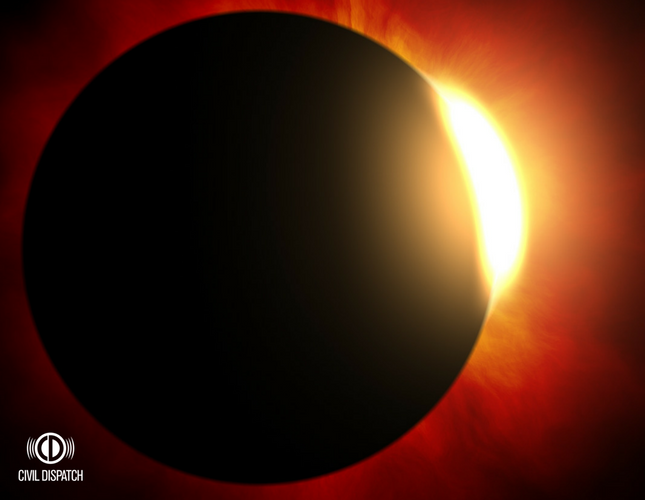
On Monday, August 21st, 2017, a majority of the United States will be able to see the total solar eclipse for the first time since 1918. It will span from coast to coast and the entire continent will be able to see the moon passing in front of the sun, casting a shadow on Earth’s surface. The total eclipse will start in Oregon at about 10:15 AM (PDT) and will end in Charleston, South Carolina at about 2:48 PM (EDT). Plans for a safe viewing have been in the planning for quite sometime now. The great thing about this solar eclipse is that it doesn’t require any sort of equipment to view it, but it does require special equipment to view it SAFELY.
Here are some tips and tricks to have a safe and fun solar eclipse viewing:
- Decide the best place to be during the eclipse.
Since most of the United States will be able to view the solar eclipse, you shouldn’t have to travel very far to see it or travel at all for that matter. The eclipse will run through the center of the country hitting cities such as Idaho Falls; Salem, Ore; Lincoln, Neb.; Kansas City; and Columbia and Charleston, S.C. If your house doesn’t fall in any of these cities there are cities that are an hour or two drive and are still in the line of the eclipse. They are Portland, Ore; Topeka; St. Louis; Omaha; Rapid City; Atlanta; and Charlotte. Not sure if you are close to the eclipse? NASA has provided a map to check your location. - Stock up on safety glasses for the whole family.
You will hear over and over again that you do not look directly at the sun with just your eyes. Looking directly at the sun can cause severe damage - even blindness to your eyes. Sunglasses won’t protect your eyes enough during the eclipse, so make sure you are using government-approved eyewear during the eclipse. - You don’t even need a telescope.
You don't need a telescope to view the eclipse since it will be big enough for everyone to see. There will be plenty of pictures to view, but that just won’t do it justice. For some people, this might be their last chance to see a total solar eclipse and they want to capture every moment. - Do your research.
Read up on what to expect during the eclipse. For many of us this will be the first and last time that we are viewing this eclipse. There are lots of websites that can get you up to date on what to expect during this rare occurrence. - Teach your kids about how eclipses work.
Use your creativity to get in tune with their imagination. If you have younger kids, use soccer balls and basketballs to recreate the solar system to teach them about exactly what they are looking at. With the older kids, go over with them what they have already learned about solar systems. It’s more fun for them when they know what is going on! - Prepare a survival kit.
Wherever you chose to watch the solar eclipse, you will most likely be outside. Make sure you bring sunscreen, possibly a tent, chairs, food, and a lot of water (it IS August, after all!). It also might be a good idea to bring things to keep the kids entertained while you are waiting for the eclipse to start. - Plan for the next one.
The next total solar eclipse to pass through the United States is scheduled for April 8, 2024, and will make its way across Dallas, parts of Arkansas, St. Louis, Ohio, and into parts of Canada.
Do you get text notifications from Civil Dispatch? You should start! Subscribe to receive updates on severe weather in your area.